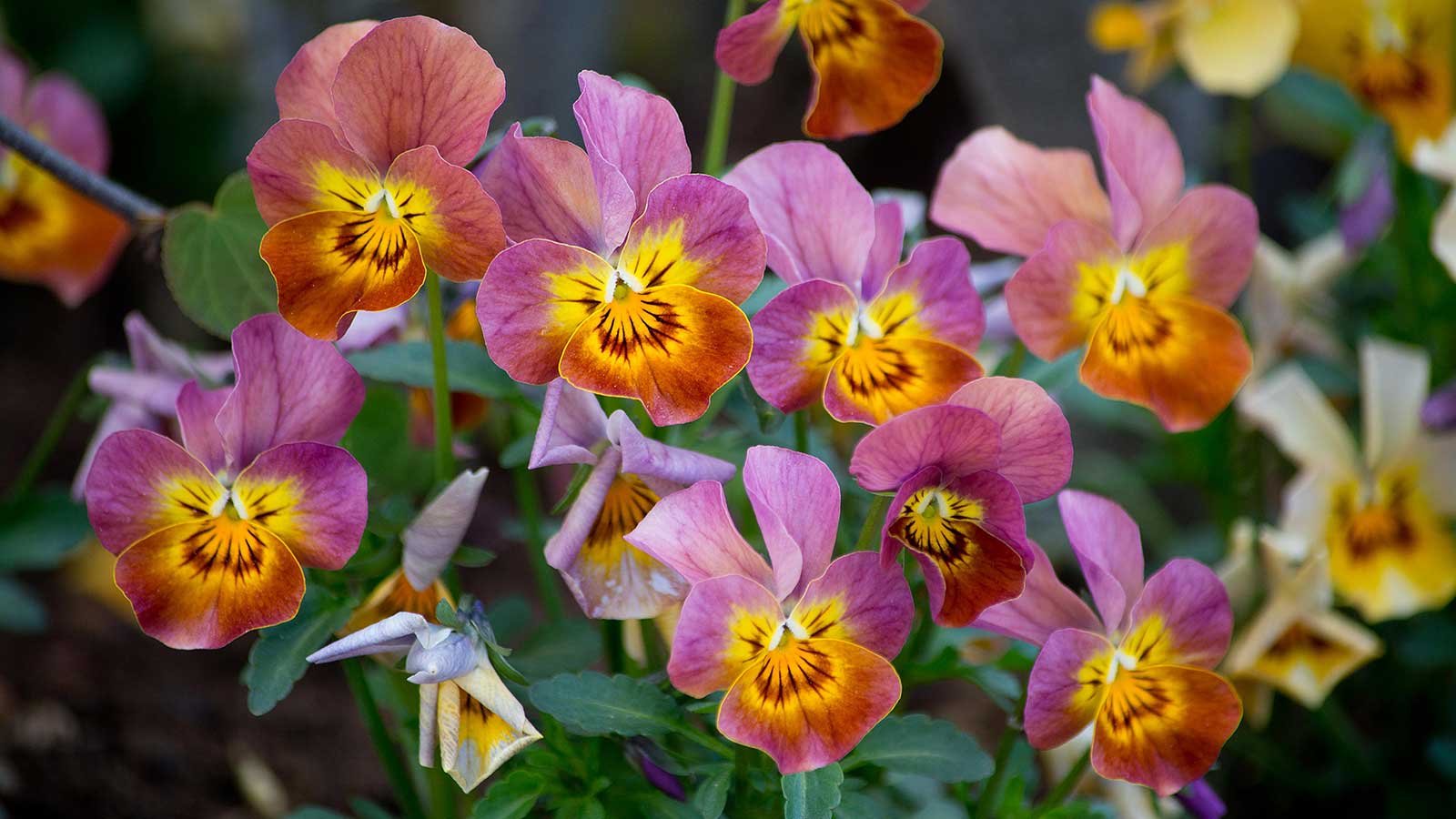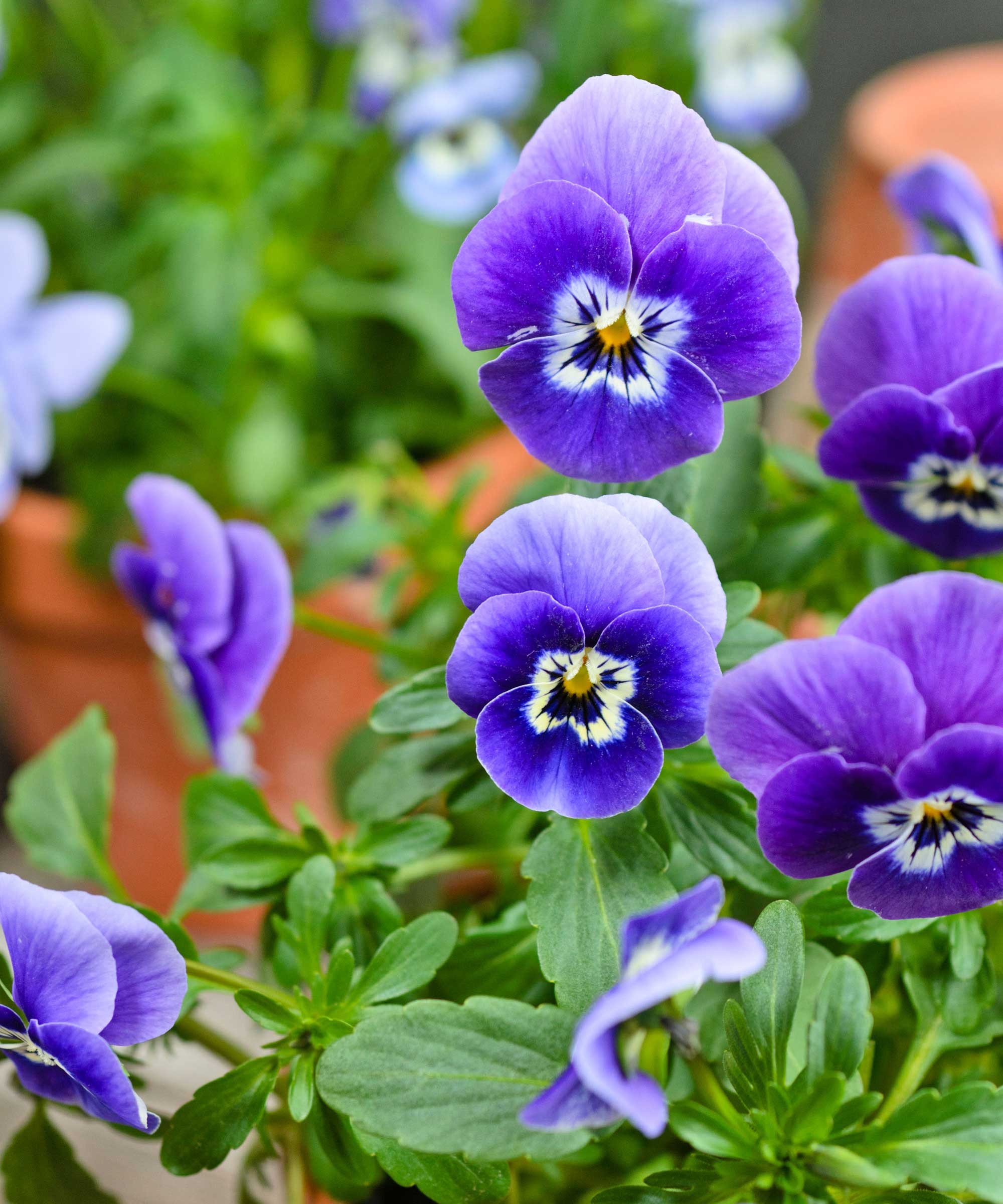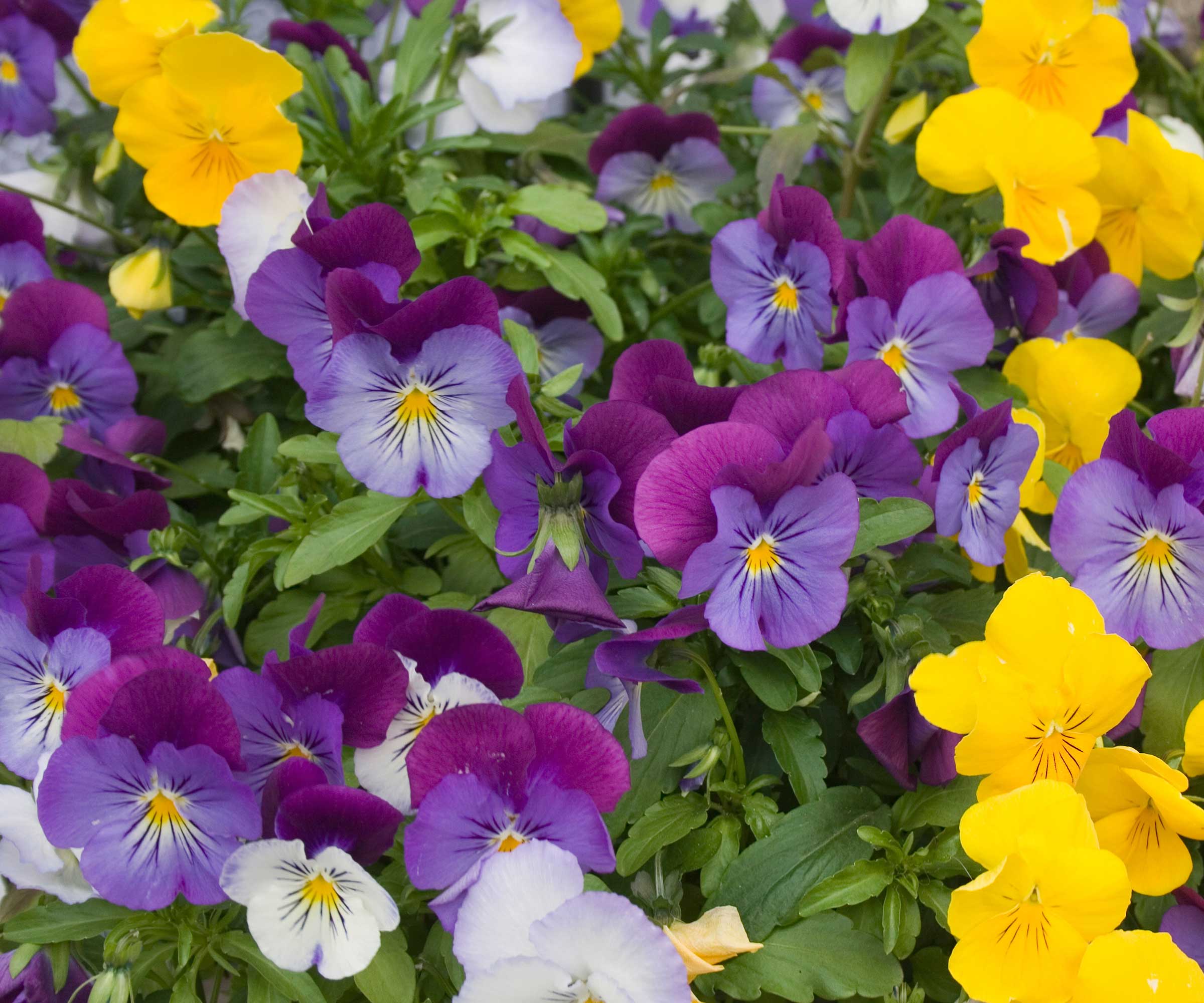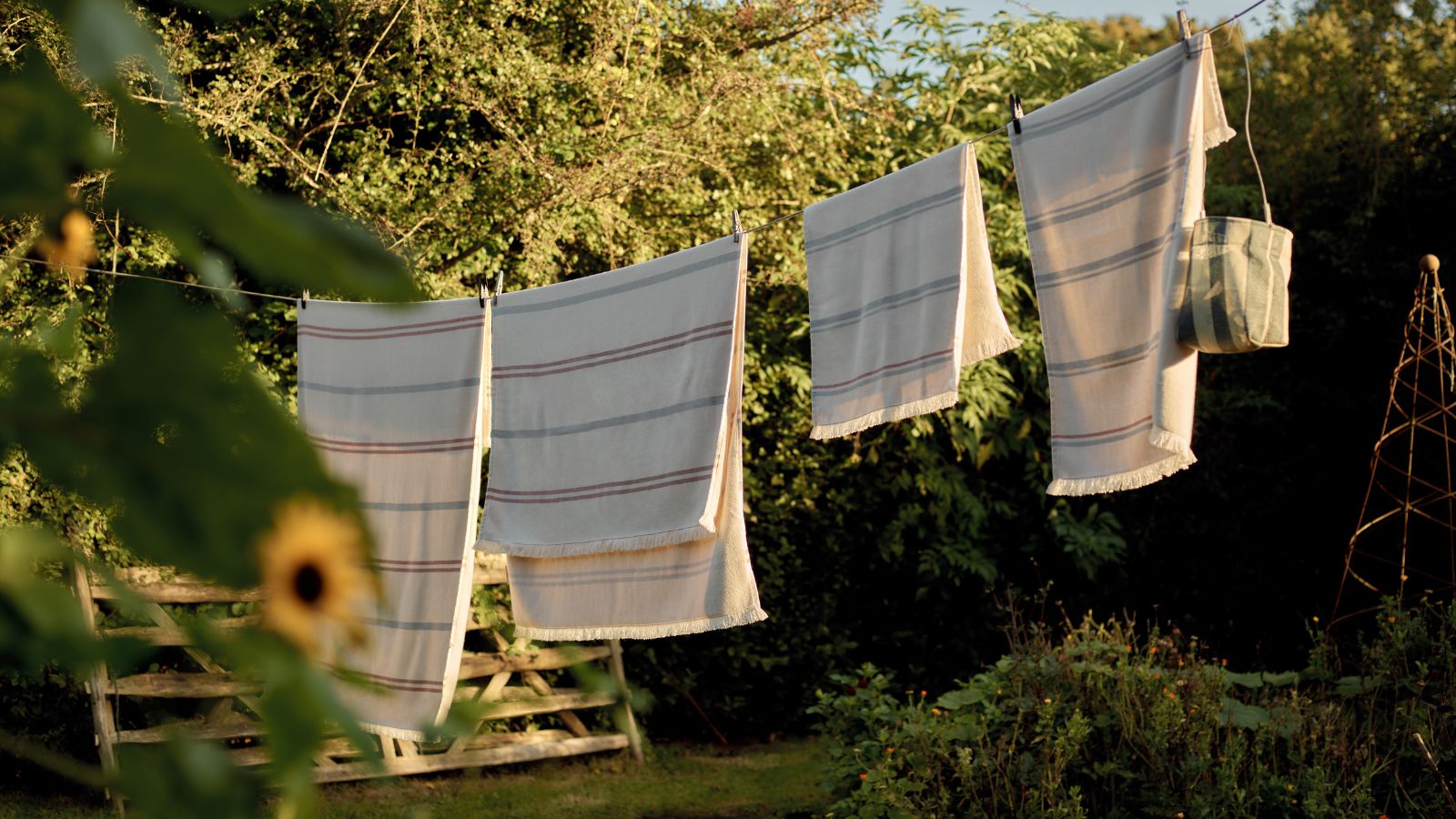How to propagate pansies and violas – 3 easy ways
Get more of these pretty spring bedding plants for free


Propagating plants yourself is a great way to save money and fill your yard with more flowers, for free. So if you've planted up containers, hanging baskets and borders with pansies and violas this season, why not expand your collection? It's simpler than you might expect.
Pansies are derived from violas, which is why they are so similar. Violas have smaller blooms and can be hardier against frosts, but otherwise, these plants tend to be treated in the same way. Growing pansies and violas in spring is a popular way to brighten up the garden, but some tougher varieties are perfect for winter color, too. They are easy to look after, provided you plant them in moist but well-draining soil and protect them from slugs.
For propagation, there are three main ways you could try: taking cuttings, sowing seeds, and dividing healthy, mature plants. John Negus, a gardening expert from Amateur Gardening magazine, explains how to do each.

John has been a garden journalist for over 50 years and regularly answers readers' questions in Amateur Gardening magazine. He has also written four books and has delivered many talks over the years on horticulture.

Pansies are perfect for pots
How to propagate pansies and violas by taking cuttings
A huge variety of plants can be propagated from cuttings, including pansies and violas.
Cuttings are best taken from new shoots in spring, John says. 'When the plants are in flower, the stems elongate, become hollow, and as a consequence don’t root very well. But new shoots root extremely easily.
'Cuttings should be 1-2in long,' he continues. Ideally, sever them just below a stem joint. Then, insert them to half their depth into well-draining seed and cutting compost (such as Miracle-Gro's Seed Starting Mix, available from Amazon). After watering them in, enclose the container in a clear plastic bag and put it on a warm, sunny windowsill or somewhere similar.
'If kept at a temperature of 59˚F, they should root in around 14 days and can be potted up individually once there are signs of new growth,' John says.

Take cuttings from new growth in the spring
How to propagate pansies and violas by seed
Fancy your chances at growing flowers from seed? Avoid deadheading your pansies and violas, allowing them to form seedpods.
'Seeds should be available a few weeks after flowering stops,' says John. 'The seedpods are quite small and hard to spot, but they turn brown once they are mature. Seed is best sown fresh, and kept at a similar temperature to the cuttings. Seedlings should appear in a couple of weeks.'
Keep the soil moist but not waterlogged. As the seeds are very small, you will probably need to thin the seedlings out as they develop.

You will need to thin out your pansy seedlings to help them thrive
How to propagate pansies and violas by division
Dividing plants is useful to prevent congestion and keep them thriving. It can also be a great way to make 'new' plants for different container displays or flower beds in your garden.
If you already have established violas or pansies, simply lift the clumps in early spring. Then, pull them apart into several pieces, before replanting each newly-created plant, John instructs.
Sign up to the Homes & Gardens newsletter
Design expertise in your inbox – from inspiring decorating ideas and beautiful celebrity homes to practical gardening advice and shopping round-ups.

Holly started writing about gardening five years ago, and she is a regular contributor to Homes & Gardens. She has also written many gardening features for Woman & Home and Real Homes, too. She has previous experience as a professional gardener, where she helped to plant and maintain private gardens. Holly has also looked after allotment plots over the years and loves to grow her own flowers and veggies from seed. In her spare time, she enjoys visiting local gardens, botanical drawing, and tending to her ever-growing collection of houseplants.
-
 Should you dry your clothes outside if you have hayfever? Allergy specialists warn sufferers to steer clear of this 'major trigger'
Should you dry your clothes outside if you have hayfever? Allergy specialists warn sufferers to steer clear of this 'major trigger'Doing so can trigger asthma, coughing, itchy eyes and more
By Sophie Warren-Smith
-
 Lenny Kravitz says design is 'just like music' – and the stunning materials of this bedroom embody this laidback luxe approach
Lenny Kravitz says design is 'just like music' – and the stunning materials of this bedroom embody this laidback luxe approachRich textures and opulent finishes come together in a Los Angeles bedroom designed by the musician – it's ultra-chic, but relaxed
By Sophie Edwards